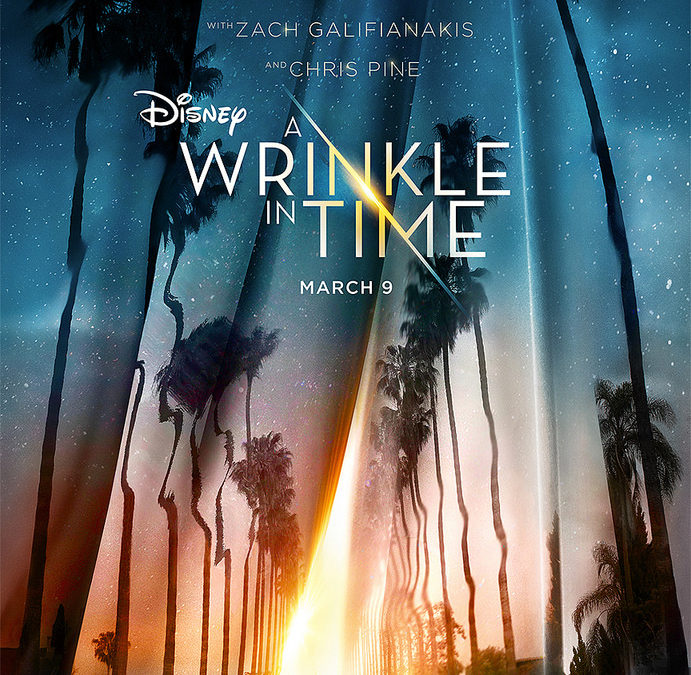In 1962, Madeleine L’Engle was told that her complex children’s book, “A Wrinkle in Time” would be a huge flop. Publishers told her that children couldn’t grasp the intricate science presented in the story, and they were averse to the idea of a female preteen being the lead of a sci-fi adventure. They felt that young boys– the main market for science fiction– wouldn’t be interested in a story about a girl.
Luckily, the small publishing company Farrar, Straus & Giroux took a risk on “A Wrinkle in Time.” The novel was a massive hit, which is why, 56 years later, Disney gave a budget of $103 million to director Ava DuVernay to adapt the now-beloved book into a cinematic adventure.
In DuVernay’s adaption, Meg Murry (Storm Reid) is a shy, rebellious high schooler whose father went missing three years prior. Her younger brother, Charles Wallace Murry (Deric McCabe) is a child prodigy who was adopted by the family right before the disappearance of their father.
After a bad day at school where Meg was sent to the Principal’s office for lashing out against a bully, her family is visited by an eccentrically-dressed woman named Mrs. Whatsit (Reese Witherspoon). The next day, while Meg is walking the dog with Charles Wallace, they run into Calvin O’keefe (Levi Miller) a popular kid at school who, with no explanation other than, “I feel like I should be here,” decides to go with Meg and Charles Wallace as they explore an abandoned house.
The house ends up being the home to Mrs. Who (Mindy Kaling). Later on, while relaxing in Meg’s backyard, they are visited by Mrs. Whatsit and Mrs. Who, now accompanied by a large Mrs. Which (Oprah Winfrey) who tell the three children that they can help them find Meg’s father.
From here an underwhelming adventure takes place. The planets the group visited are poorly underdeveloped and leave the viewers hoping for more. There are plot holes that are never again brought up, such as the reason why the children are on the first planet, Uriel, to begin with.
There are certain times on the final planet, Camazotz, where there are some intense, even creepy, moments. For the most part though, there is no real threat faced, as the antagonist of the film is a large, vague representation of darkness that causes people to be mean to one another.
In the books, this evil being, called “The It,” is responsible for wars and the world’s deteriorating quicker. In the movie, The It is responsible for low self-esteem and jealousy, not a particularly exciting reason to travel across time and space to defeat.
Where the movie shines, however, is in its diversity and casting choices. “I wanted to represent what I see in the real world,” said DuVernay. The choice of the Mrs. W’s, Witherspoon, Kaling and, most notably, Winfrey had wonderful chemistry amongst themselves. Of course, this makes it a shame that there was no chemistry between them and the children.
Despite DuVernay’s diverse casting choices, she sacrificed having actors with a deeper repertoire for children whose first major role was this movie. This is most obvious in Deric McCabe’s portrayal of Charles Wallace. Charles Wallace goes through a very complex turn near the climax of the movie, where McCabe’s performance fails to convince anyone that the situation is as dramatic as it is. Unfortunately, the suspense of the scene relied on his performance, and it suffered because of that.
Overall, A Wrinkle in Time over-simplifies the complex themes of the book and pulls all of its punches far back. The movie has great visuals and stunts but never gives you the reason for them. DuVernay’s film is a fresh look for movies, but an undercooked story told.
A Wrinkle in Time is in theaters now.

